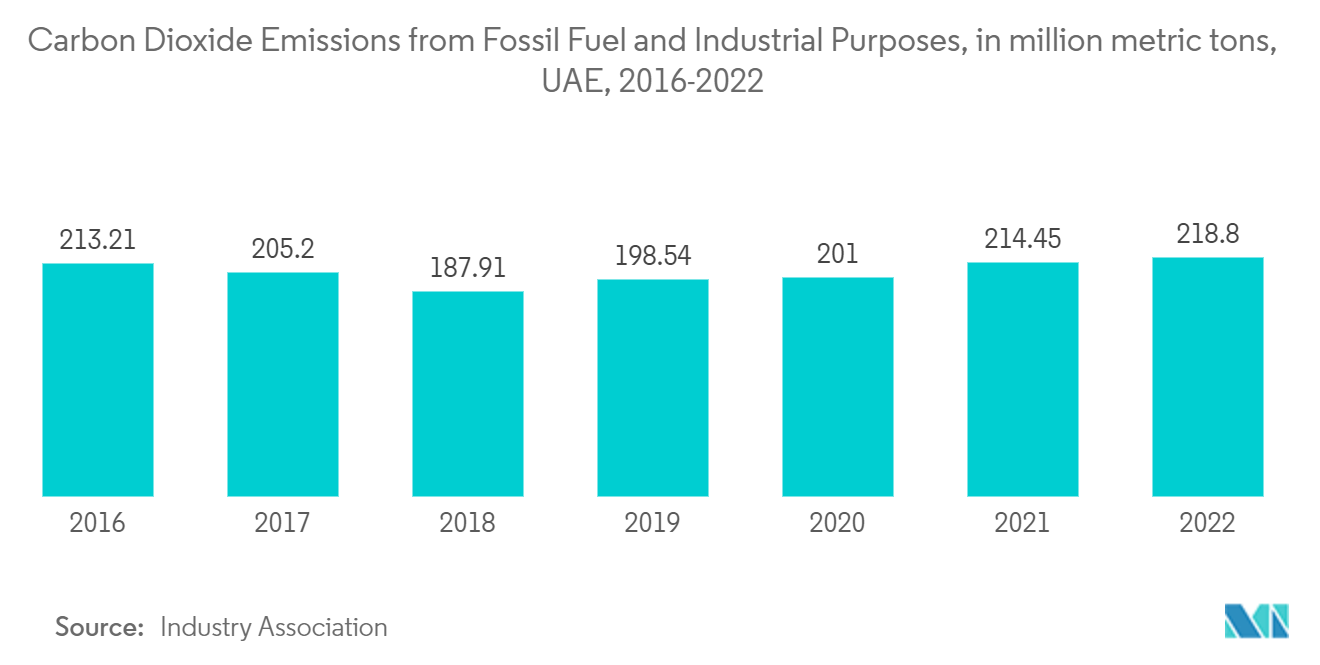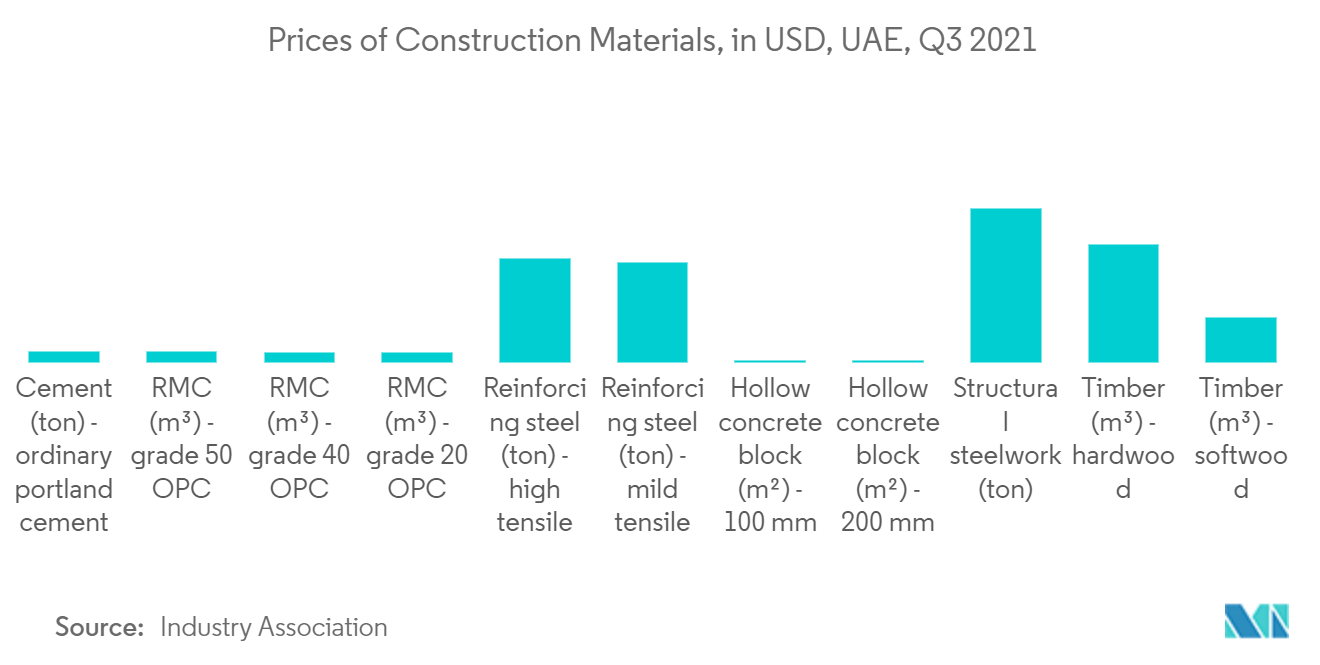Market Trends of UAE Prefab Wood Buildings Industry
Inclination Towards Sustainable Construction to Drive the Market Growth
Over the years, sustainable construction materials have been in great demand in the UAE. With the growth in awareness of responsible living and building a safe environment, the building construction industry has focused on encouraging the development of sustainable construction for healthy and environment-friendly living. Soon after Dubai Municipality introduced Green Building Regulations in 2011 for government constructions and later extended provisions to private buildings in 2014, the construction industry focused on adopting several ways to build sustainable constructions and create a healthy and environment-friendly atmosphere. The updated legislation, such as the Dubai Green Building Regulations and Specifications, has provided a much-needed foundation to encourage developers, contractors, and consultants to incorporate sustainability into their projects. These legislations may be expanded upon and updated in the future, in line with the Dubai 2020 Urban Master Plan and Dubai Integrated Energy Strategy 2030.
Recently, sustainable construction has caught the attention of key stakeholders in the wood and woodworking industry, and it appears that demand will only rise in the coming months, driven by market realities and other influences. Unlike other building materials like concrete and steel, wood is renewable. It can be grown and harvested multiple times. Wood waste products can be recycled and transformed into new products. Also, innovative designs can optimize the usage of materials to reduce waste. The manufacturing processes of steel and concrete release carbon dioxide into the environment, also transportation adds to the carbon emissions. The upcoming wood events in the region, like Dubai WoodShow, will focus on the sector and encourage further growth of sustainable building construction in the region, encourage responsible living, and ensure the development of a healthy and safe future environment for the future generation. This could drive the prefab wood buildings market growth in the UAE.

Popularity of Steel may Overshadow Wood Prefab Buildings
Initially, it looks like wood would be the cheaper option to construct a building. However, an increase in costs matches the surge in the market for prefabricated wood buildings. Some arguments say wood is sustainable, but with significant deforestation globally, this needs to be revised. Planting more forests has a positive environmental impact; with better air levels and the proper support, it could encourage both ethical uses of forests and maintain their sustainability. However, that is not quite happening at the moment. Most of the wood used in construction is softwood, mainly pine, cedar, redwood, and firs, which reach maturity fairly quickly. Hardwood, for example, teak and mahogany, is a lot more expensive and used mainly for furniture, veneers, and musical instruments. Unfortunately, the cost of all wood is rising.
Some would argue that steel is not as aesthetic as wood is in a building, but steel’s versatility in design is considerable. Another advantage of steel is that it can be recycled and used again. In addition, there is no waste with steel. Every little piece can find its place due to the precision taken with the design and fabrication of steel buildings. Another plus for steel is that it requires very minimal maintenance and has a considerable lifespan. However, steel production is energy-intensive, leaving a carbon footprint, which the steel industry is working very hard to reduce. Any wood buildings will have ongoing annual maintenance needs and require specialist treatments. Wooden buildings take a more extensive workforce to construct than steel, adding to the overall cost. Steel bolts together and can be installed at speed. Wooden houses are susceptible to fire.
On the other hand, steel is not combustible. The cost of materials for wood buildings is growing, and the ongoing expenses and building costs mount up, making the final price considerably higher. Steel is, therefore, the cheaper and more trustworthy material according to common industry perception. This could prove as a limitation for the adoption of prefab wood buildings in the UAE.


